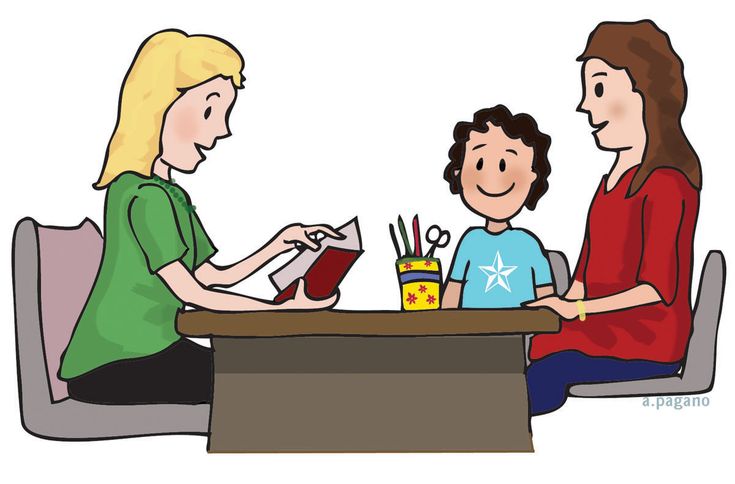Graduation is a momentous occasion that deserves a spectacular celebration. Ensure that your graduation party is one to remember with these 21 commemorative activity ideas.
1.Memory Wall: Set up an area where attendees can write down their favorite memories of the graduate on notecards and pin them onto a wall.
2.Time Capsule: Invite guests to bring items representing the graduate’s time in school to place in a time capsule, which can be opened later.
3.Graduation Trivia: Test your guest’s knowledge of the graduate by creating a trivia game filled with personal facts about their school journey.
4.Diploma Cookies: Bake sugar cookies shaped like diplomas and let your guests decorate them with icing messages or drawings.
5.Autograph Plushie: Provide a stuffed animal and fabric markers for guests to sign, leaving the graduate with a tangible keepsake.
6.DIY Photo Booth: Create a fun backdrop and provide props that represent the graduate’s interests for memorable photos.
7.Slide Show Presentation: Compile photographs and videos from the graduate’s school years for a trip down memory lane.
8.Customized Board Game: Develop a personalized board game featuring the graduate’s achievements, friends, and experiences.
9.Celeb Advice Game: Compile graduation advice from celebrities then have guests guess which celebs gave which advice.
10.Charades: Incorporate the guest of honor’s favorite hobbies, books, or movies, making it extra meaningful for the day.
11.Alumni Breakfast Mixer: Reach out to alumni from the graduating class for an early breakfast event where everyone can reconnect and reminisce.
12.Graduate Bingo: Customize bingo cards by including unique facts about the graduate in each square for fun bonding moments during gameplay.
13.Future Fortune Teller Table: Hire a tarot reader or psychic to conduct future readings during the party as a nod to the graduate’s transition into the next phase of life.
14.Yearbook Signing Party: Encourage guests to bring their yearbooks so that everyone can write farewell messages and sign each other’s books.
15.“Remember When…” Story Session: Allocate time for close friends and family members to share their favorite stories about the graduate.
16.Personalized Graduation Playlist: Play a mix of popular songs from each year the graduate was in school, triggering nostalgic memories from simpler times.
17.College-Themed Food Station: Recreate the culinary experience of the graduate’s university and provide fan-favorite dishes as refreshments.
18.College Sports Display: Dedicate an area of your party space to celebrating the guest of honor’s school’s sports achievements.
19.International Alumni Table: Set up a table featuring items from the countries where fellow alumni have traveled or are living after graduation for a global vibe.
20.Advice Jar: Provide small slips of paper for attendees to write advice about life after graduation for the honoree to read later.
21.Sky Lantern Launch: End the evening with an enchanting display of lit lanterns released into the sky, symbolizing new beginnings and a bright future for all graduates.
By incorporating one or more of these 21 activity ideas, you’ll create a graduation party to remember, full of memories and fun!











